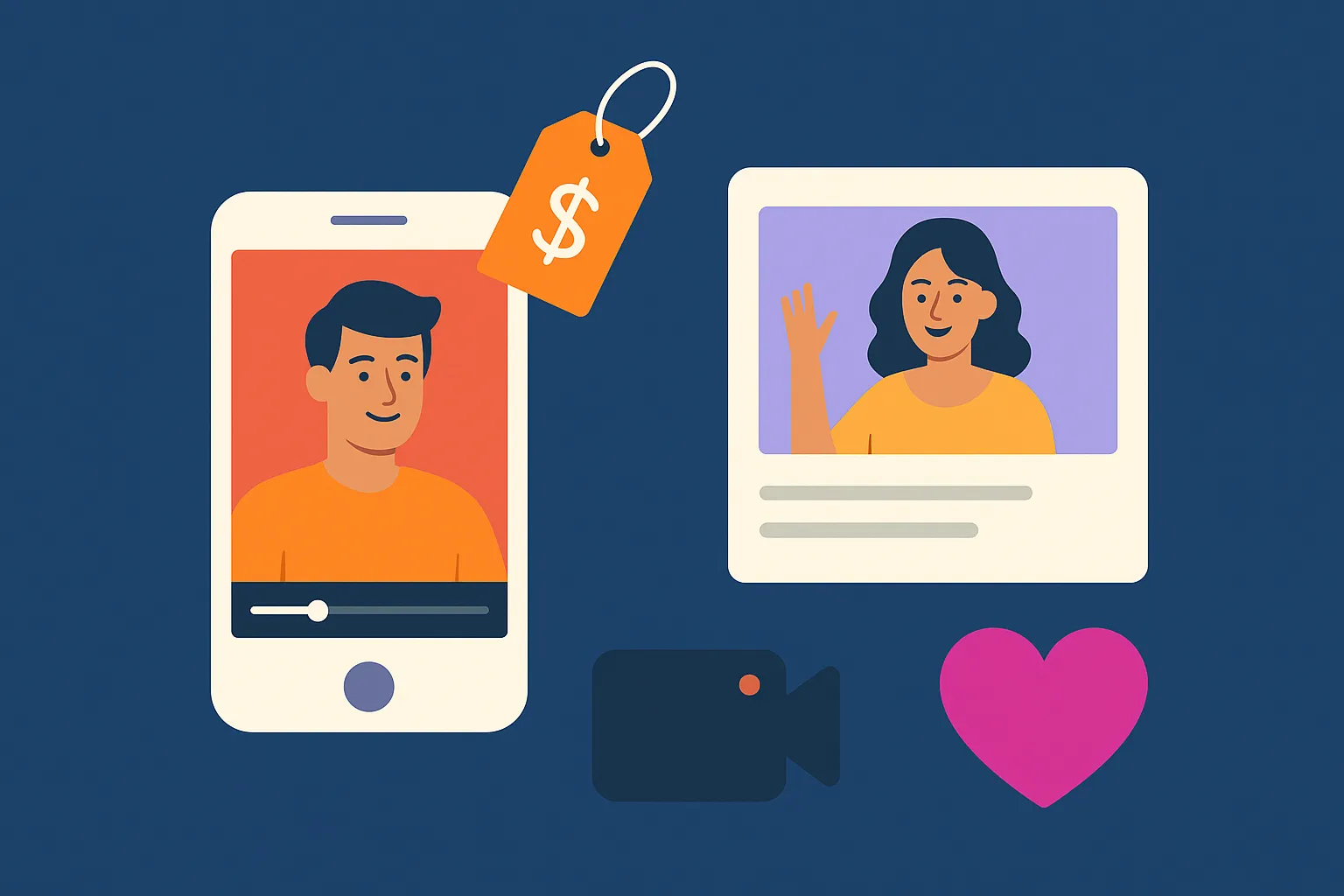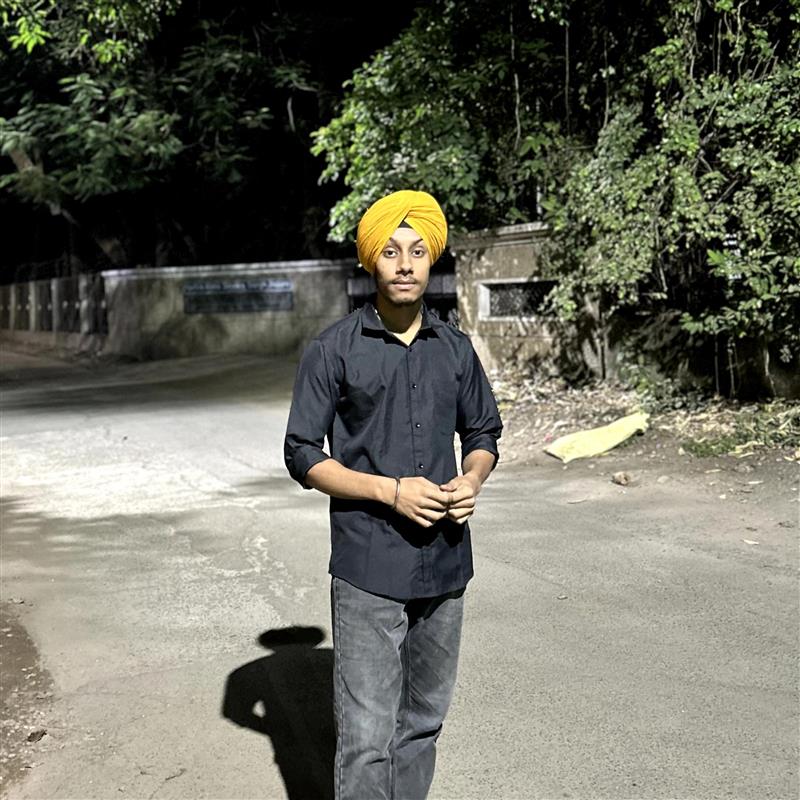It used to be that becoming a creator meant chasing brand deals or racking up YouTube subscribers. But things have changed. These days, audiences crave something more personal—something real. Think birthday shoutouts from a favorite TikToker, a pep talk from a retired cricketer, or even a virtual proposal from your partner’s celebrity crush (hey, no judgment). That’s the charm of personalized video platforms—they turn fans into buyers and creators into micro-entrepreneurs.
If you’re an entrepreneur or a startup founder eyeing this red-hot space, you’ve probably got questions. What does it take to launch a celebrity video messaging platform? How much does it really cost to build a platform like Cameo or Moj? Can it be profitable, or is it just another tech fad? And how do you make sure your app doesn’t end up as another forgotten tab on someone’s smartphone?
This guide breaks down everything—from the nitty-gritty of development costs to smart monetization tactics. And yes, we’ll also show you how Miracuves helps you skip the fluff and launch a creator-ready platform that’s smooth, scalable, and built to go viral.
What Is a Personalized Video Platform Anyway?
Imagine an app where fans pay celebrities or influencers for custom videos—greetings, shoutouts, jokes, roasts—you name it. These apps often live in the same ecosystem as:
- Short-form video apps (TikTok, Moj)
- Creator platforms (Instagram Reels, YouTube Shorts)
- Messaging apps with video capabilities
- Influencer marketplaces that book talent for campaigns
They may look like fan service, but under the hood, they’re content marketplaces with monetization, payment gateways, scheduling systems, and sometimes even AI video filters. They bridge the gap between creators and their followers—delivering emotion at scale, one clip at a time.
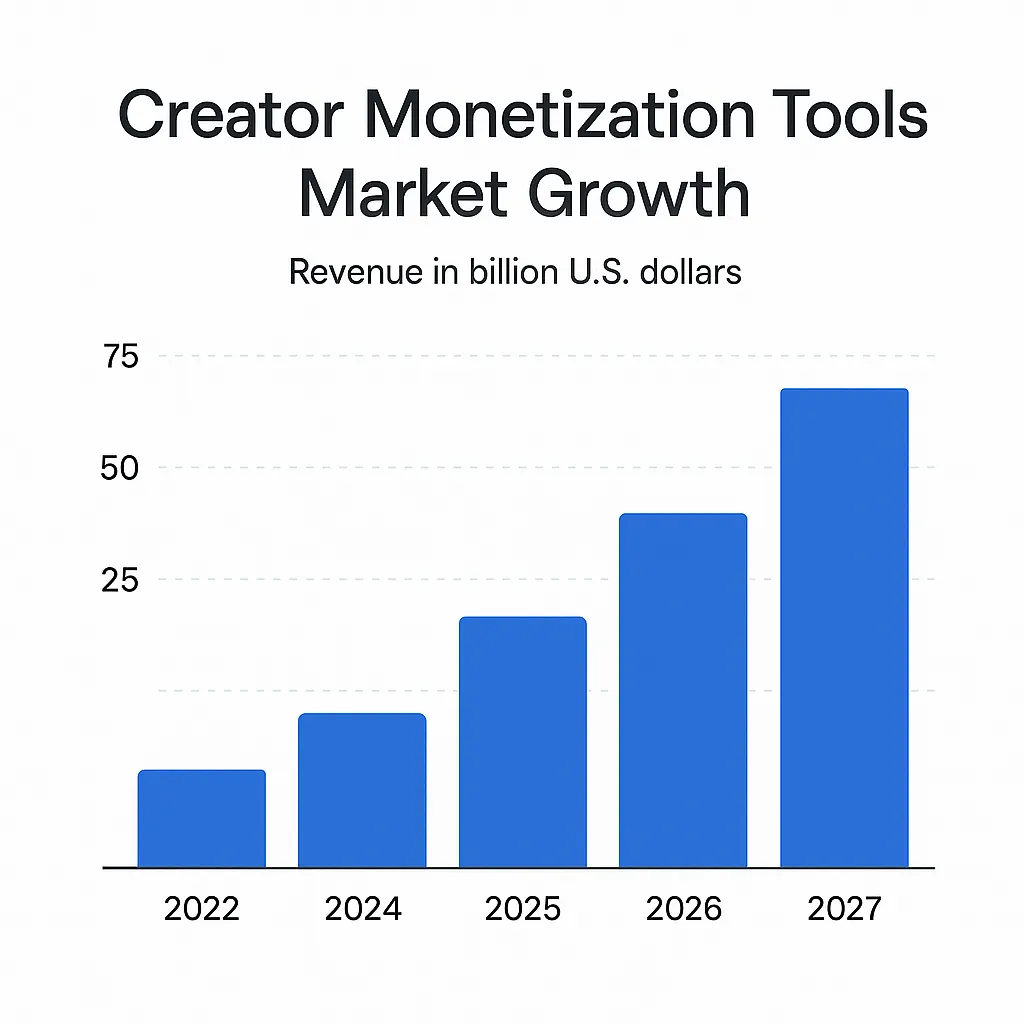
Read more: How to Develop a Personalized Celebrity Video Messaging Platform App
Why Startups Are Betting Big on These Platforms
- High engagement: Personalized videos feel intimate. They drive repeat purchases.
- Low churn for creators: Unlike ad revenue models, this is direct-to-fan income.
- Niche communities thrive: Whether it’s a fitness coach or an indie musician, there’s space for every micro-influencer.
- Virality baked in: Fans share their personalized clips on Instagram and WhatsApp, bringing free marketing to your platform.
According to SensorTower, apps enabling creator monetization saw a 115% growth in installs year-over-year.
Cost Breakdown: What It Takes to Build One
Now for the meat and potatoes. Let’s break down where your money’s going.
1. Core Features You Can’t Skip
| Feature | Purpose |
| User Profiles | For both creators and fans |
| Video Request Flow | Forms, personalization, delivery |
| Payment Gateway | Stripe, Razorpay, PayPal, crypto optional |
| Ratings & Reviews | Social proof is gold |
| Notifications | Booking updates and delivery alerts |
| Video Hosting | AWS, Vimeo APIs, or custom CDN |
| Admin Dashboard | Manage users, payments, and reports |
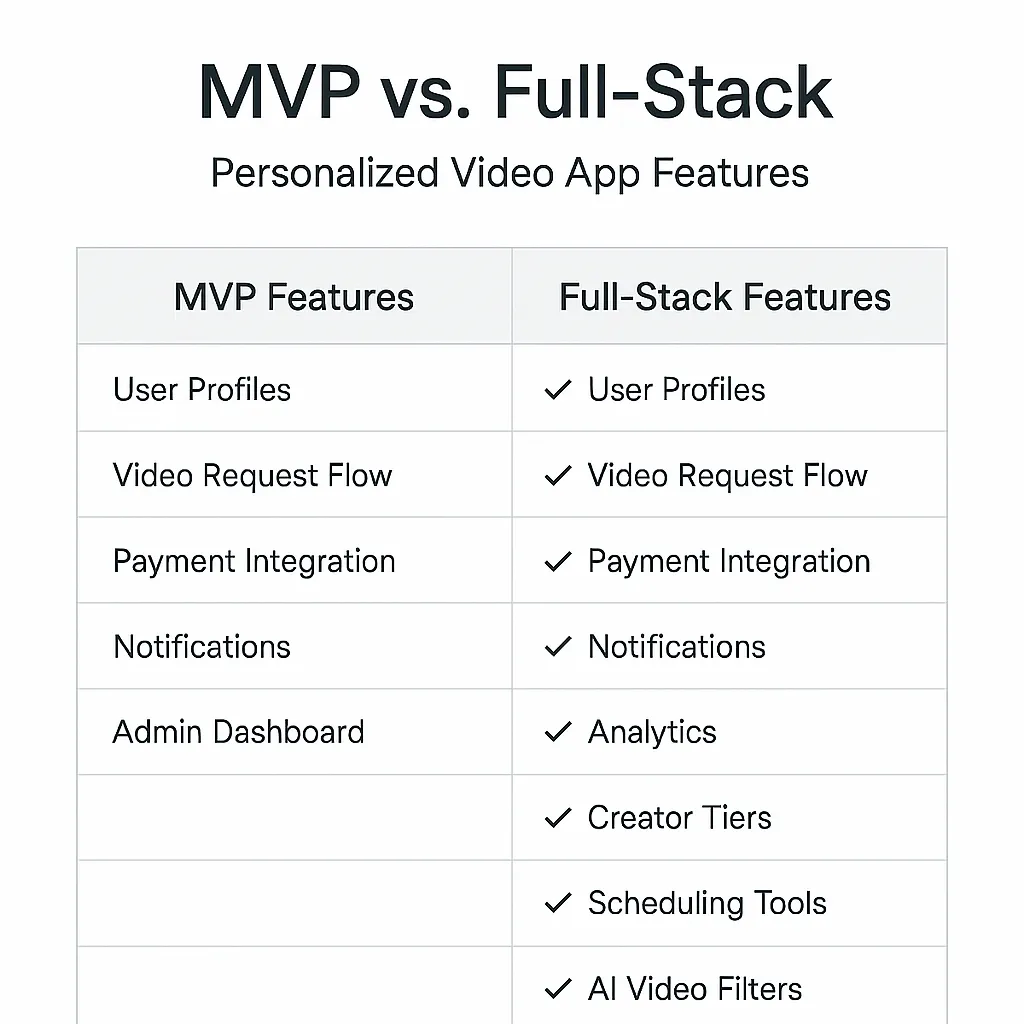
Estimated Cost (MVP Build): $12,000–$25,000
Full-fledged platform: $35,000–$100,000+
2. Design & User Experience (UX Matters)
Don’t be fooled—this isn’t just about colors and buttons. The look and feel of your app affects who sticks around. Startups often underestimate how crucial it is to build intuitive, mobile-first experiences.
- Smooth onboarding = fewer drop-offs
- Easy-to-use dashboards = higher creator retention
- Responsive UI = works across all smartphones, not just flagship devices
UX/Design Cost Estimate: $3,000–$8,000
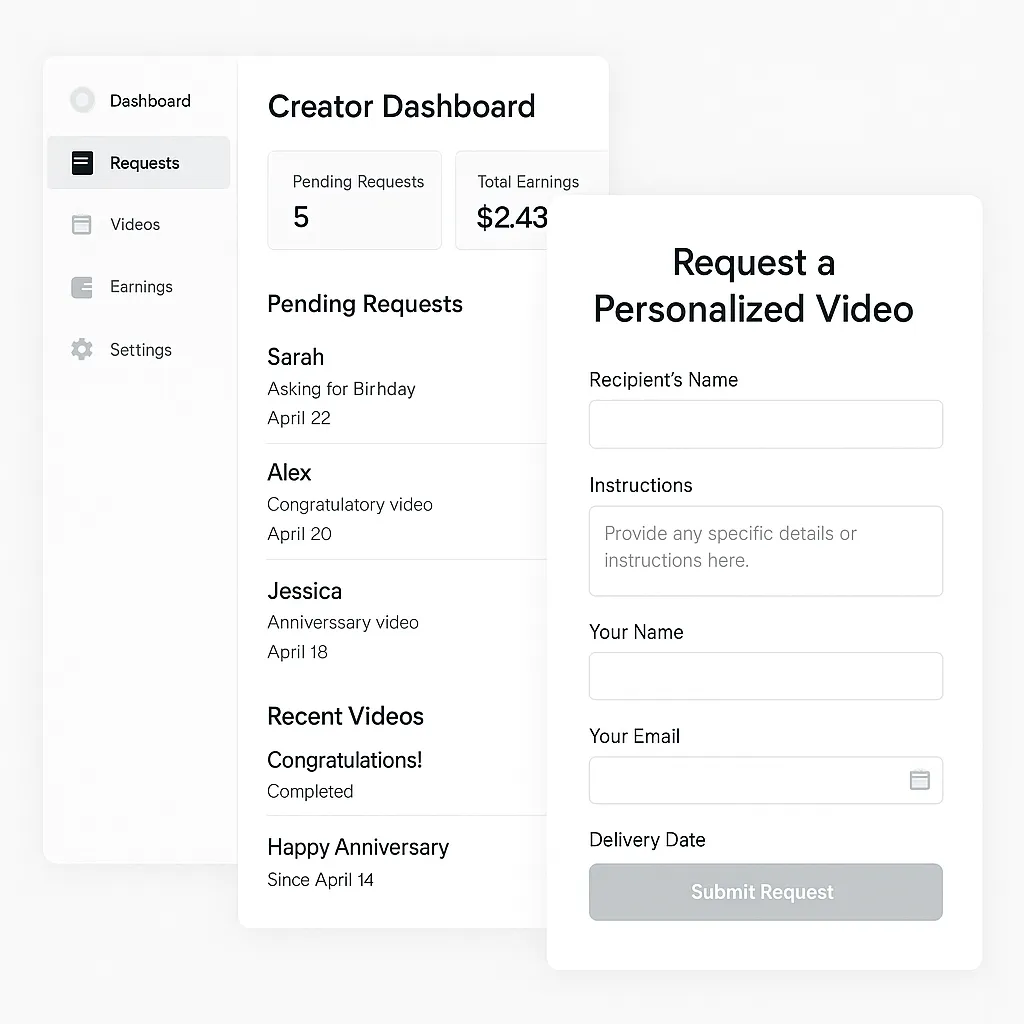
3. Tech Stack & Development Team
Here’s where decisions get expensive—or smart.
Tech Choices:
- Frontend: React Native / Flutter (cross-platform)
- Backend: Node.js / Laravel / Django
- Database: PostgreSQL / MongoDB
- Cloud & Hosting: AWS, DigitalOcean, Firebase
If you’re going custom, costs can balloon. That’s why many smart founders opt for clone app development to save time and dollars. Platforms like the TikTok Clone App by Miracuves give you a launchpad with tried-and-tested architecture.
Development Team Cost (Monthly):
- In-house: $12,000+
- Freelancers: $6,000–$10,000
- Clone-based development with Miracuves: Starts around $8,000 and scales based on customization
4. Integrations, Licensing & Maintenance
- Third-party APIs: Email, SMS, video editing (Twilio, SendGrid, FFmpeg)
- Licensing: If you’re hosting music or using celeb likenesses
- Compliance: GDPR, COPPA if kids are involved
- Maintenance: Bug fixes, scaling, and feature updates
Ongoing Costs: $500–$2,000/month depending on usage and scale
💡 Pro Tip: Don’t skimp on post-launch maintenance. A viral video can break your servers—literally.
Monetization: Show Me the Money
- Pay-per-request model: Fixed price per video
- Subscription tiers: For fans or creators
- Tipping & donations: Bonus income for creators
- Platform commissions: You take 10–30% of each transaction
- Ad partnerships: Optional but lucrative if scaled
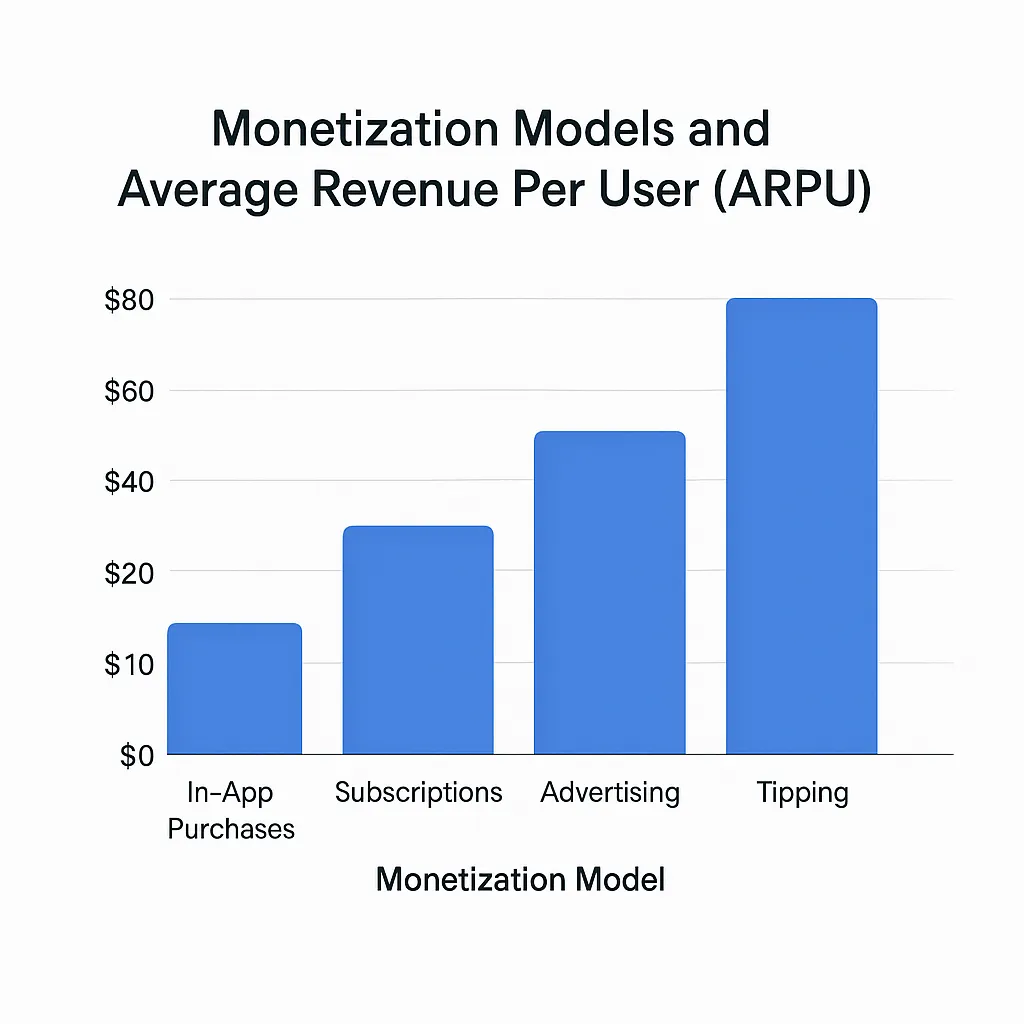
Build vs. Buy: Which Path Makes Sense?
Let’s be honest—custom-building from scratch is great if you’re sitting on VC money and time. But most startups need speed and efficiency.
Clone development isn’t a dirty word—it’s smart business. When paired with strong branding and a few killer features, it’s your shortcut to market without burning $50k on reinventing the wheel.
At Miracuves, we’ve helped dozens of startups go from idea to app store in weeks, not years. Our clones aren’t just copied—they’re optimized, scalable, and made to evolve with your users.
Read more: How to Build a Cameo Clone: A Step-by-Step Guide for Entrepreneurs
Final Thoughts
If there’s one thing personalized video platforms teach us, it’s that connection sells. Whether it’s a birthday message or a pep talk from a favorite comedian, the business of “being seen” is booming. And as a startup founder, you’ve got a real shot to own a slice of that.
Build smart, ship fast, and never underestimate the power of a well-timed “Hey, I made this just for you.”
At Miracuves, we help innovators launch high-performance app clones that are fast, scalable, and monetization-ready. Ready to turn your idea into reality? Let’s build together.
FAQs
Q:1 How do personalized video platforms make money?
Most apps earn through per-video payments, platform commissions (10–30%), and creator subscriptions. Add-ons like tips and premium content boost margins.
Q:2 What tech stack is ideal for building a video shoutout app?
React Native or Flutter for mobile; Node.js or Laravel for the backend. Cloud hosting like AWS or Firebase helps you scale smoothly.
Q:3 Are clone apps reliable for launching my startup?
Yes—if built well. Clone apps by Miracuves offer the same architecture as popular platforms, with room for customization and scalability.
Q:4 What’s the difference between an MVP and a full-featured platform?
An MVP includes core functions like user profiles, payments, and video delivery. Full builds may add analytics, gamification, creator dashboards, and AI features.
Q:5 Can I integrate video editing or filters into the platform?
Absolutely. Many use third-party APIs like FFmpeg or integrate custom video filters to enhance personalization.
Q:6 How long does it take to launch a video platform?
With a clone app model, you can launch in 3–6 weeks. Full custom builds may take 3–6 months depending on scope.
Related Articles:



